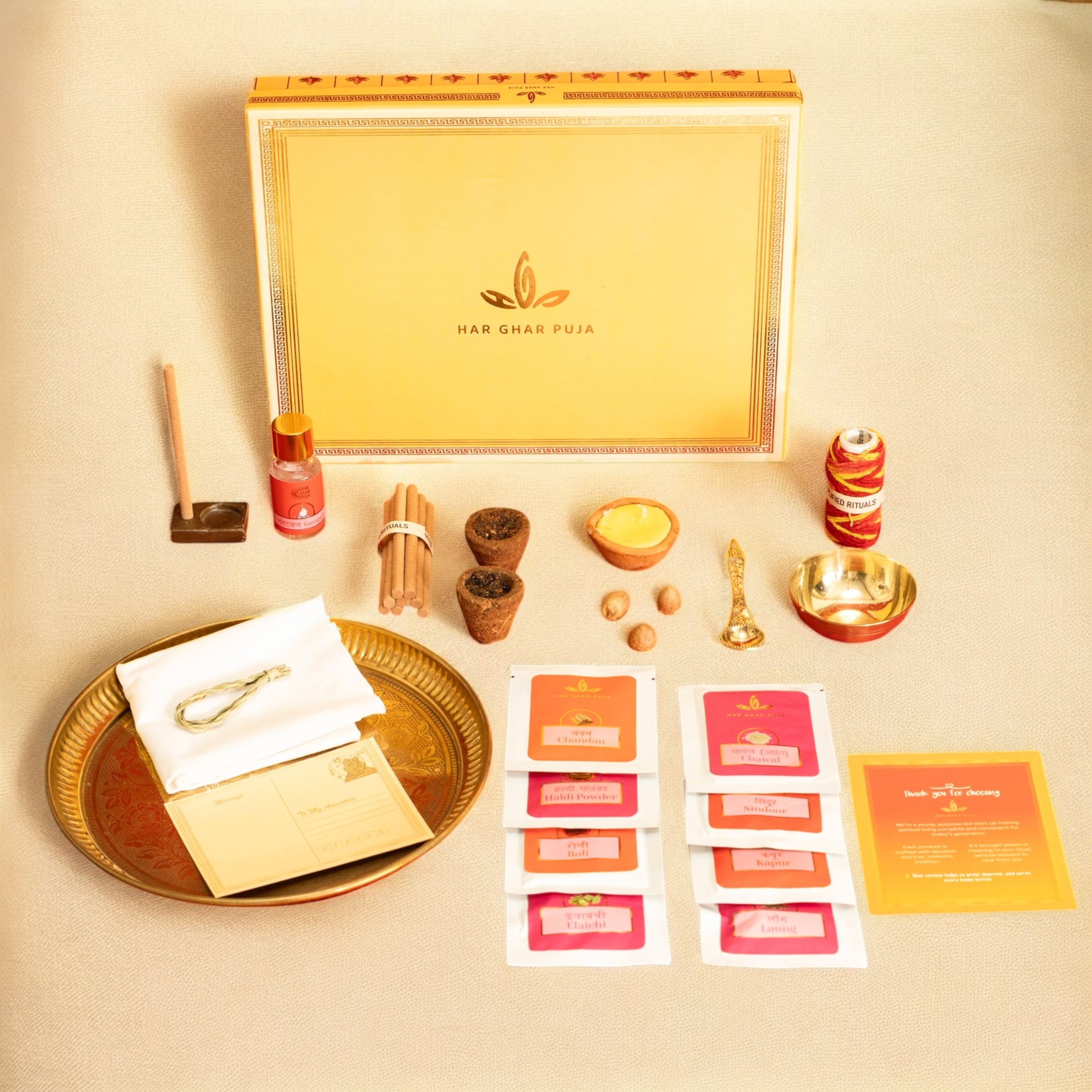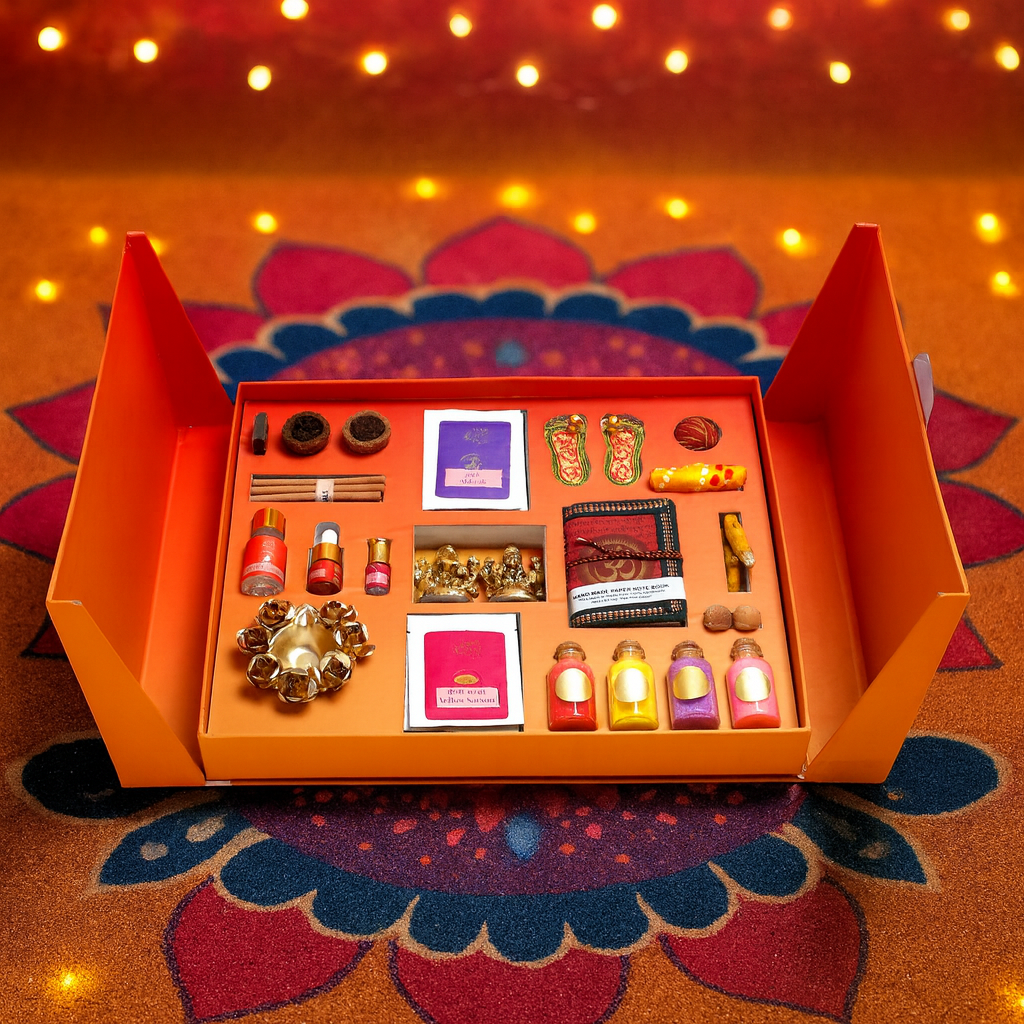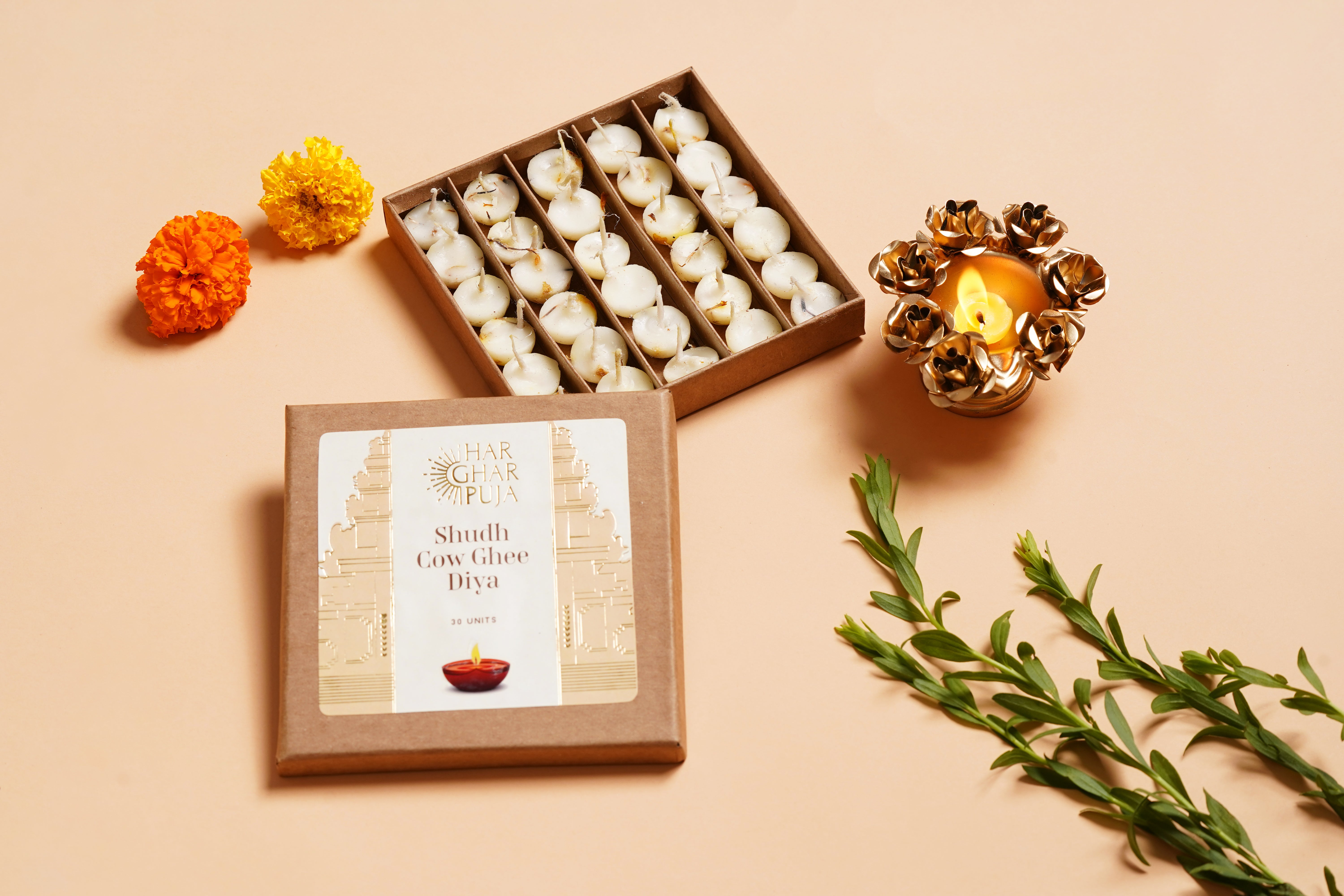Tulsi Vivah is one of the many festivals celebrated in Hinduism, each carrying its unique significance. This festival is celebrated on the Dwadashi (twelfth day) of the Kartik month in the Shukla Paksha. Tulsi Vivah has special importance, as on this day, Goddess Tulsi (in the form of the plant) is ceremonially married to Lord Vishnu, represented by the Shaligram stone. But do you know why this puja is celebrated and when? Let’s explore.
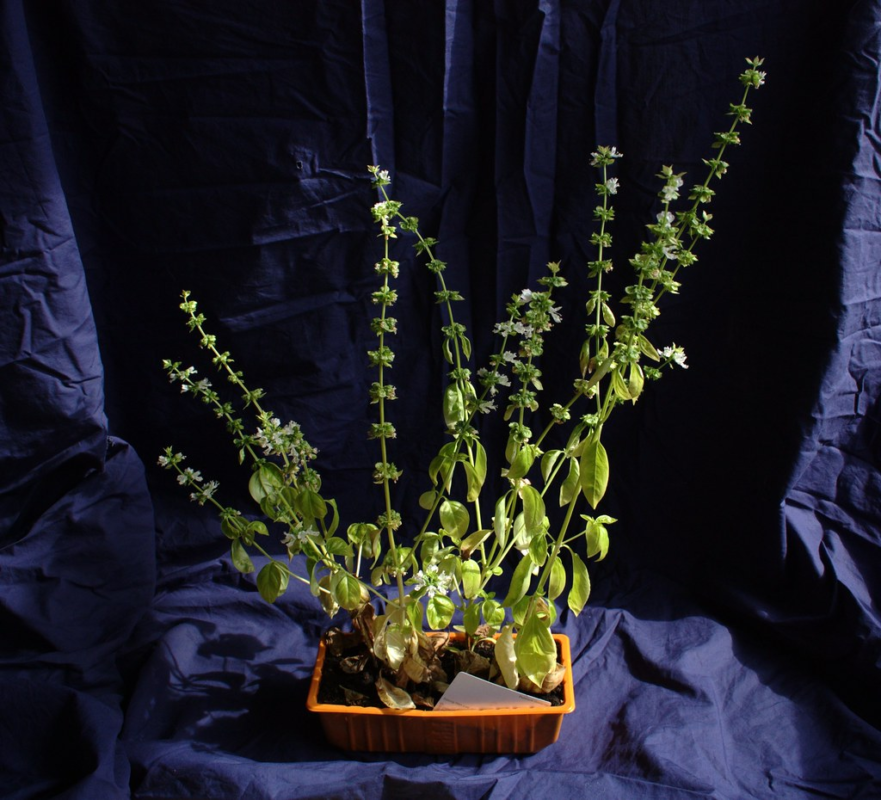
Table of Contents
Why is Tulsi Puja Celebrated?
Tulsi Vivah is celebrated with great enthusiasm the day after Dev Uthani Ekadashi. According to the Hindu calendar, Tulsi Vivah is observed on the Dwadashi of Kartik’s Shukla Paksha. Sometimes, due to the alignment of dates, both festivals can fall on the same day. It is believed that on this day, Lord Vishnu married Goddess Tulsi. This is why Tulsi Vivah or Tulsi Puja is performed.
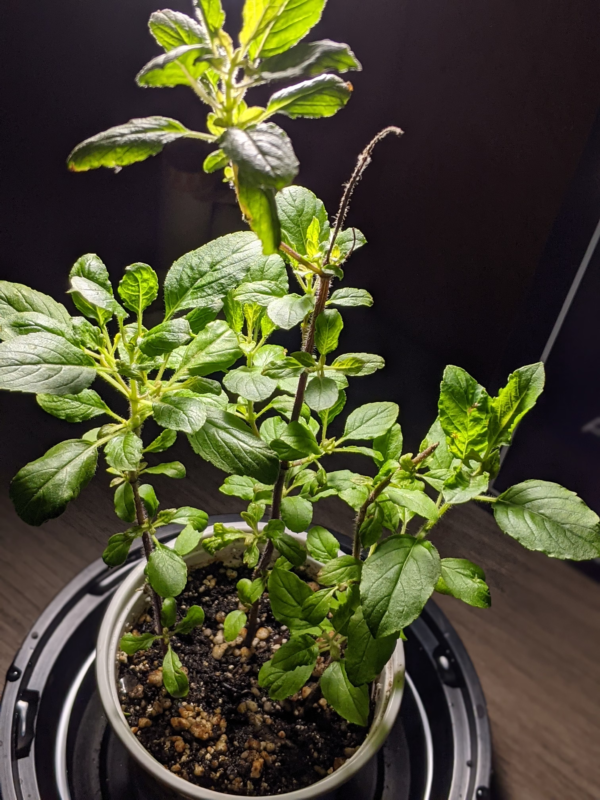
Auspicious Timing for Tulsi Vivah
According to the Hindu calendar, this year, Dwadashi begins on November 12 at 4:04 PM and ends on November 13 at 1:00 PM. Thus, according to Udaya Tithi, Tulsi Vivah will be celebrated on November 13.
Significance of Tulsi Vivah
Performing Tulsi Vivah at home is considered very auspicious. In Hinduism, donating a daughter (kanyadaan) is considered the highest form of donation. Performing Tulsi Vivah is said to yield the same merit as performing kanyadaan. It is believed that when Tulsi and Shaligram are married in the home, it invites the presence of Goddess Lakshmi, bringing prosperity and removing all obstacles.
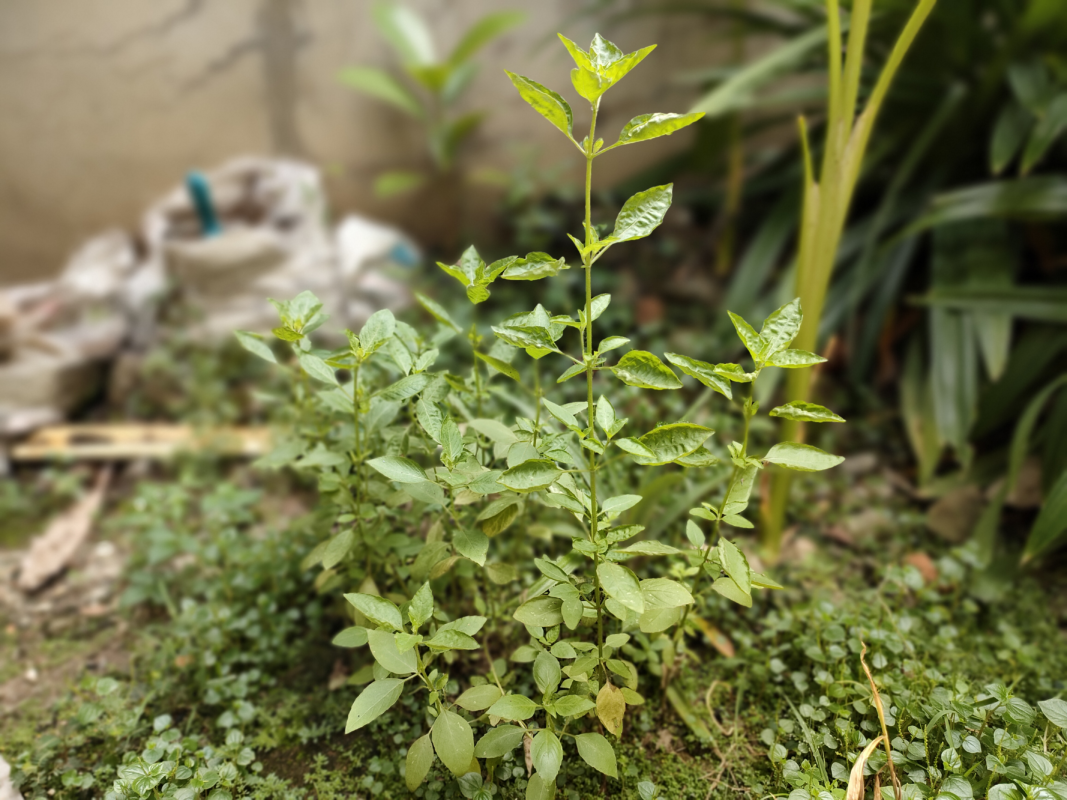
Rituals for Tulsi Vivah
To perform Tulsi Vivah at home:
Conclude with an aarti and distribute prasad to all participants.
Place two platforms (chowkis) — one with the Tulsi plant and the other with the Shaligram.
Place a water-filled kalash next to them, adorned with five mango leaves on top.
Decorate the Tulsi pot with red soil and light a ghee lamp.
Sprinkle holy water on both Tulsi and Shaligram, applying roli, sandalwood paste, and tilak.
Decorate the Tulsi pot with sugarcanes as a canopy (mandap).
Adorn the Tulsi plant with a red chunari, bangles, and sari to symbolize a bride.
Carry Shaligram around Tulsi seven times in a symbolic wedding ritual.
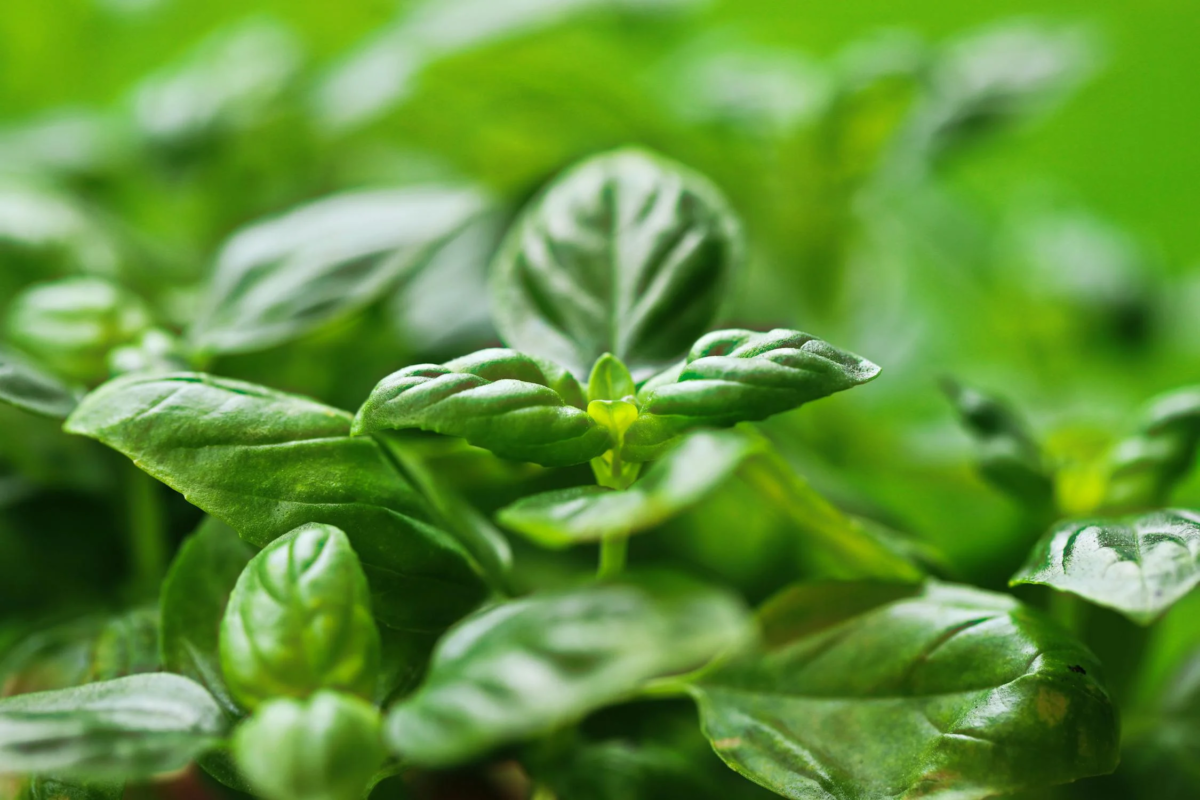
Story of Tulsi Vivah
According to the Narada Purana, the demon king Jalandhar was causing distress to gods and humans alike. His strength was due to the virtue of his wife Vrinda, a devoted and pious woman whose loyalty protected him from harm. Desperate, the gods sought help from Lord Vishnu, who took the form of Jalandhar and tricked Vrinda into breaking her vow of fidelity. As a result, Jalandhar was defeated in battle.
Devastated by the deceit, Vrinda cursed Lord Vishnu, saying that his wife would also be taken away by deceit, and he would endure separation from her. Later, Vrinda sacrificed herself, and from her ashes, the Tulsi plant emerged. Regretting his actions, Lord Vishnu blessed Vrinda to be eternally united with him in the form of Tulsi. He declared that on Kartik Shukla Ekadashi, Tulsi and Shaligram would be ceremonially married, and any devotee who performs this ritual will have their wishes fulfilled. Thus, the tradition of Tulsi Vivah began.

